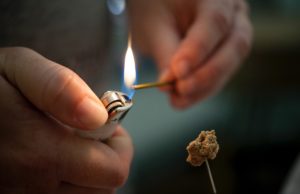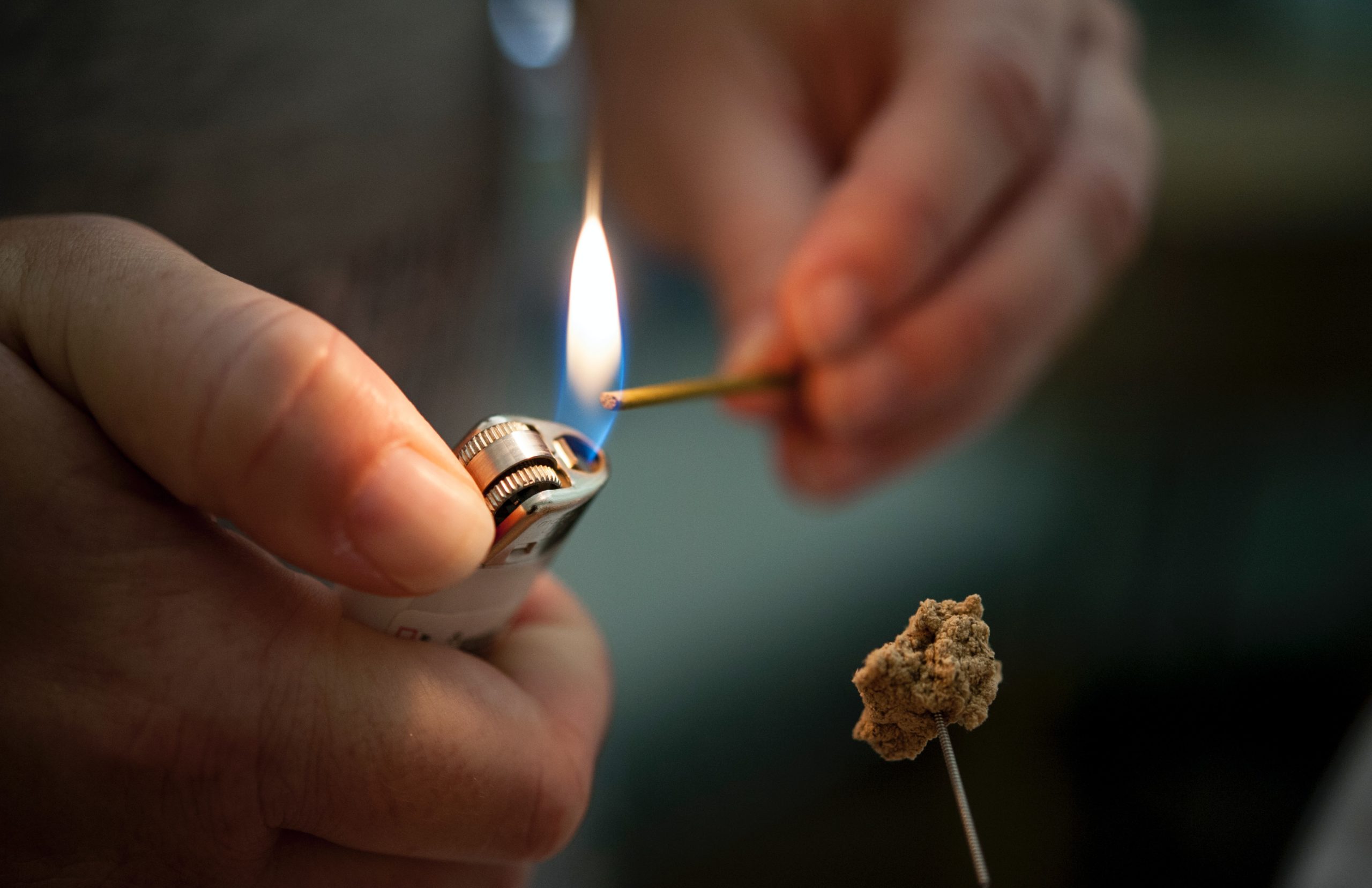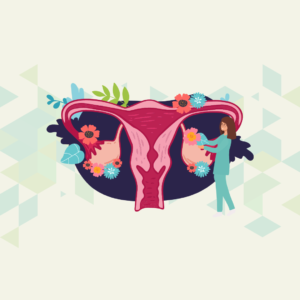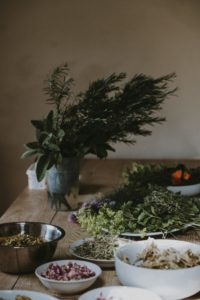Chinese Acupuncture and Moxibustion for Hip Pain
Many elderly individuals find themselves navigating the nuanced landscape of hip pain. As conventional treatments may bring limited relief, a beacon of hope emerges from the ancient realm of Traditional Chinese Medicine (TCM). This comprehensive guide unfolds the therapeutic tapestry of Chinese acupuncture and moxibustion—a dynamic duo aimed at moving Qi and blood, enhancing circulation, and offering profound relief for hip pain in elderly patients. We embark on a journey of holistic healing, exploring the intricate connections between energy flow, ancient wisdom, and modern well-being.
The Symphony of Aging: Understanding Hip Pain in Elderly Patients:
The Aging Canvas:
As the body gracefully ages, the joints, particularly the hips, may bear the weight of time. Hip pain in elderly patients becomes a common companion, influencing mobility, quality of life, and overall well-being. Understanding the multifaceted nature of hip pain sets the stage for exploring holistic interventions.
Traditional Chinese Medicine: A Bridge to Holistic Healing:
Foundations of TCM:
Rooted in ancient wisdom, TCM views the body as an interconnected system where balance and harmony are essential for health. The concept of Qi, the vital life force, and the meridian system form the foundation of TCM’s approach to healing.
Qi and Blood: The Essence of Vitality:
In TCM philosophy, the harmonious flow of Qi and blood is paramount to well-being. When stagnation or imbalance occurs, pain and discomfort may manifest. Chinese Acupuncture and moxibustion become instrumental tools to restore this vital flow.
Acupuncture Unveiled: Needling the Pathways to Relief:
Acupuncture Points for Hip Pain:
Acupuncture involves the precise insertion of thin needles into specific points along meridians, energy pathways that traverse the body. For hip pain in elderly patients, acupuncturists strategically select points associated with the lower back, hips, and legs.
Regulating Qi and Blood Flow:
The essence of acupuncture lies in its ability to regulate the flow of Qi and blood. By stimulating specific points, acupuncturists aim to address stagnation, improve circulation, and restore balance to the hip area.
Needle Top Moxibustion: Igniting the Flame of Healing:

Understanding Moxibustion:
Moxibustion involves the burning of the herb Artemisia vulgaris, commonly known as mugwort, to stimulate specific acupuncture points. In needle top moxibustion, a small cone of moxa is placed on the tip of an acupuncture needle, combining the benefits of both modalities.
Warming Qi and Invigorating Blood:
Moxibustion imparts warmth to the acupuncture points, promoting the smooth flow of Qi and invigorating blood circulation. This targeted heat application becomes a catalyst for relief, particularly in areas where cold or stagnation hinders the body’s natural healing processes.
Case Studies: Illuminating the Success of Chinese Acupuncture and Moxibustion:
Real-Life Transformations:
Through real-life case studies, we delve into the journeys of elderly individuals who found respite from hip pain through the synergy of Chinese acupuncture and moxibustion. These stories serve as testaments to the efficacy and transformative potential of this holistic approach.
The Acupuncture Session: A Symphony of Healing:
Holistic Assessment:
Before an acupuncture session, a thorough consultation is imperative. Acupuncturists consider the patient’s medical history, lifestyle, and the specific nature of hip pain. This holistic assessment informs the customized treatment plan.
Needle Insertion Technique and Moxibustion Application:
During the session, fine acupuncture needles are gently inserted into specific points associated with hip pain. In tandem, needle top moxibustion is applied, infusing warmth into the acupuncture points and harmonizing the flow of Qi and blood.
Patient Comfort and Duration:
The experience is generally comfortable, with the duration of the session varying from 30 to 60 minutes. The frequency of sessions depends on the severity and chronicity of hip pain, with initial recommendations often leaning towards weekly treatments.
Scientific Perspectives: Bridging Ancient Wisdom with Modern Research:
Exploring Scientific Validation:
While rooted in ancient philosophy, acupuncture has garnered attention from modern research. We delve into scientific studies that explore the mechanisms through which Chinese acupuncture and moxibustion influence pain perception, inflammation, and overall well-being.
Integrating Lifestyle and Self-Care Practices:
Enhancing the Healing Journey:
Complementing acupuncture sessions, lifestyle adjustments play a pivotal role in enhancing the healing journey. We explore the importance of movement, gentle exercises, and stress reduction techniques to support the efficacy of Chinese acupuncture and moxibustion.
Summarize (Key Takeaways):
- Acupuncture and needle top moxibustion offer a holistic approach to hip pain relief by addressing the root causes and promoting the harmonious flow of Qi and blood.
- The combination of these modalities enhances circulation, alleviates stagnation, and provides targeted warmth to areas affected by hip pain.
- Real-life case studies highlight the transformative potential of this integrative approach, showcasing its effectiveness in elderly patients.
Conclusion: Orchestrating Wellness through Ancient Wisdom:
In the symphony of holistic healing, acupuncture and needle top moxibustion emerge as masterful conductors, orchestrating the harmonious flow of Qi and blood to alleviate hip pain in elderly patients. Rooted in ancient wisdom, this dynamic duo not only addresses the symptoms but rekindles the flame of vitality, offering a transformative pathway to wellness.
Harmony restored, pain alleviated—an ancient symphony of Chinese acupuncture and moxibustion illuminates the path to holistic hip health in the golden years.




